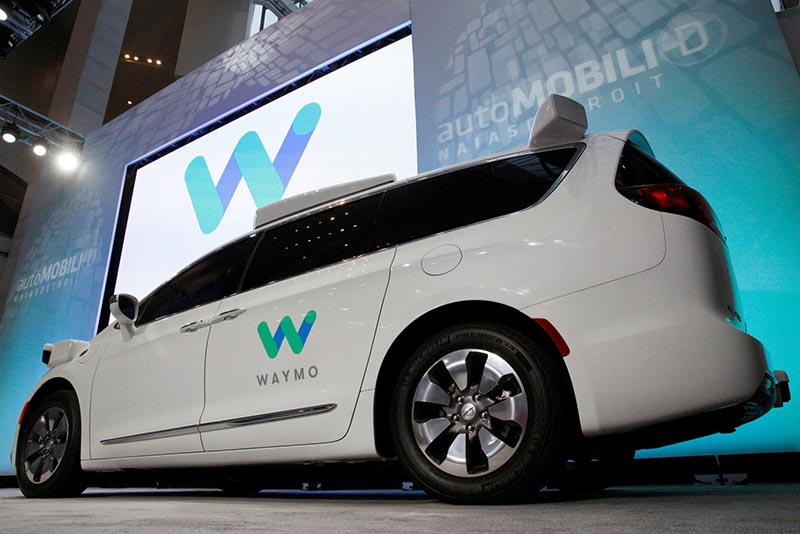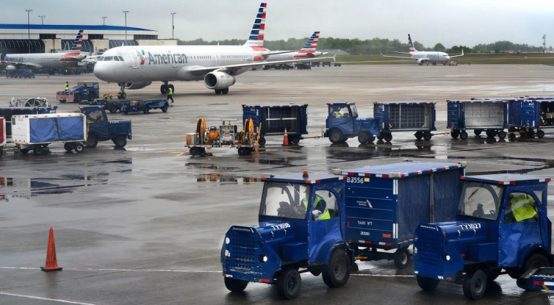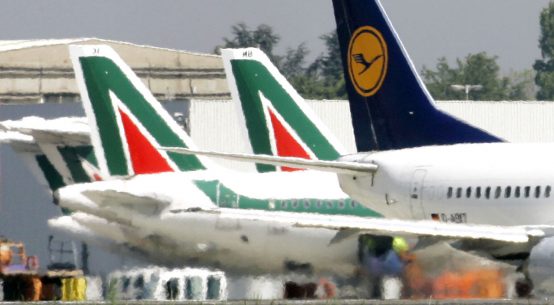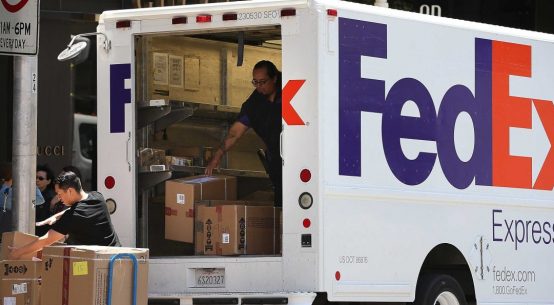
Waymo unveils a self-driving Chrysler Pacifica minivan during the North American International Auto Show in Detroit, Michigan, U.S., January 8, 2017. REUTERS/Brendan McDermid
San Francisco (NYT) – Nearly a year after accusing Uber of stealing its driverless car technology, Waymo agreed on Friday to settle a closely watched lawsuit filed against the ride-hailing company.
Now for Waymo, which grew out of Google’s seminal autonomous vehicle project and is nearly a decade into an effort that aims to change the very nature of transportation, a much bigger fight looms outside the courtroom.
Waymo’s competition extends well beyond Uber — and a good part of that competition is directed by engineers it used to employ. Much of the artificial intelligence technology that has come out of Waymo’s work and research run by Google’s parent company, Alphabet, has made it easier for companies, even start-ups, to compete.
“Waymo may have a technical advantage,” said Jason Doran, who helped run the delivery service Sidecar and joined General Motors when the carmaker acquired the start-up. “But they have to figure out a business model.”
It is not uncommon for a tech pioneer to miss out on becoming the company that cashes in on the technology it has been working on. The industry is littered with stories of people with a great idea that someone else turned into a great business.
The concept for the databases used by most of the world’s big corporations came out of IBM. But another company, Oracle, turned that software into a big business. Researchers at the Silicon Valley lab of Xerox famously pioneered the technology that went into many of Apple’s computers.

Other than an ownership stake in Uber, worth about $245 million, that came with settling the lawsuit, Waymo has not made substantial money from those years of research.
That is worth noting because so many of the companies competing with Waymo are relying on the brainpower of its former employees. Dave Ferguson, a former Waymo engineer, oversees a start-up called Nuro, which is building a driverless car for shipping and delivering goods. Chris Urmson, a longtime Waymo engineer, is the chief executive of a start-up called Aurora. Brian Salesky, a third Waymo engineer, is now at Argo, an autonomous vehicle start-up backed by $1 billion in funding from Ford Motor.
With that brain drain in mind, the Uber lawsuit can be seen as a fight against a former Google engineer, Anthony Levandowski, who also took his services elsewhere — first to Otto, a start-up he created, and then to Uber just six months later.
The question was whether he took trade secrets with him. Waymo accused Uber of conspiring with Mr. Levandowski to steal its trade secrets and feed them into a driverless car project already underway inside the ride-hailing company. With Friday’s settlement, Uber has promised that its cars will operate without the help of Waymo’s intellectual property.
There are other issues for Waymo. Unlike Ford, General Motors or Toyota, Waymo does not manufacture and sell cars. Unlike Uber and Lyft, it does not operate a vast ride-hailing service where it could readily deploy vehicles equipped with its own self-driving technology.
As the big automakers and the ride-hailing companies accelerate their self-driving projects, Waymo may need to find a way of inserting itself into these efforts or to build and operate a new self-driving service of its own.

“There’s the self-driving tech. But you also have to scale that tech. And you have to offer a service that people really want to use,” Mr. Ferguson said. “You have to get all of that right.”
The competition still tips its hat to Waymo, and agrees that after nine years of work on autonomous vehicles, it leads the technology race. But the gap is closing. Recent changes in the way driverless cars are built and the rise of readily available hardware that can help these vehicles understand and respond to what is happening around them have made it easier to compete.
Waymo executives were not available to comment for this article. John Krafcik, Waymo’s chief executive, is scheduled to speak on Monday evening at a conference on artificial intelligence hosted by The New York Times.

When Waymo was still operating under Google, its head start in this race was obvious. Google began testing its self-driving prototypes on public roads in 2010, and this is what set off so many other efforts.
In the years since, the technology that drives these vehicles has changed in enormous ways thanks to the rise of “neural networks,” which are complex systems that can learn tasks on their own by analyzing vast amounts of data. By analyzing thousands of images, a neural network can, for example, learn to identify a pedestrian. Using these methods, engineers can build and improve self-driving cars at a far more rapid pace.
“This is profoundly important,” said Mr. Urmson, of Aurora, which is supplying self-driving technology to Volkswagen, Audi and Hyundai. “We can build on top of that revolution.”
In 2011, Google was among the first companies to build a research lab dedicated to these rapidly evolving techniques, and a number of researchers from this lab eventually moved on to the Google self-driving car project. Google has also built the vast network of specialized hardware needed to drive this kind of “machine learning,” even building a new computer chip suited to the task.

These techniques are spreading across the industry. And anyone can immediately tap into enormous amounts of computing power through cloud services operated by the likes of Amazon, Microsoft and, yes, Google.
Many car manufacturers believe they will eventually catch up because they can deploy so many more cars equipped with sensors that can record real-world activity.
“What the car companies have is the potential to harvest more data than anyone else,” Gill Pratt, chief executive of the Toyota Research Institute, the Silicon Valley research and development operation created by the Japanese car company, said in an interview last fall. “It may be this that matters the most.”
Waymo is unlikely to manufacture its own cars. But it may end up running its own self-driving service. Alphabet recently led a $1 billion investment in Lyft, and it could deploy its driverless cars through this existing ride-hailing option. Waymo is also running a private trial of its cars near Phoenix, and it has long hinted that it will offer some sort of undefined public service in the area.
Operating this kind of service is no small thing, and some question whether Waymo is equipped to do so. “This is where the Ubers and the Lyfts have an advantage,” Mr. Ferguson said.
For more Logistics News, Follow us on TWITTER Follow us on FACEBOOK
He cautioned that the departures from Waymo may have an unintended consequence for the entire industry: Many smart people are needed in the same place to figure things out.
“You need to have a lot of the best minds together to solve it,” he said. “One of my fears is that we have spread the field a little thin. As a result, we have actually slowed down the speed with which we can solve this problem.”








